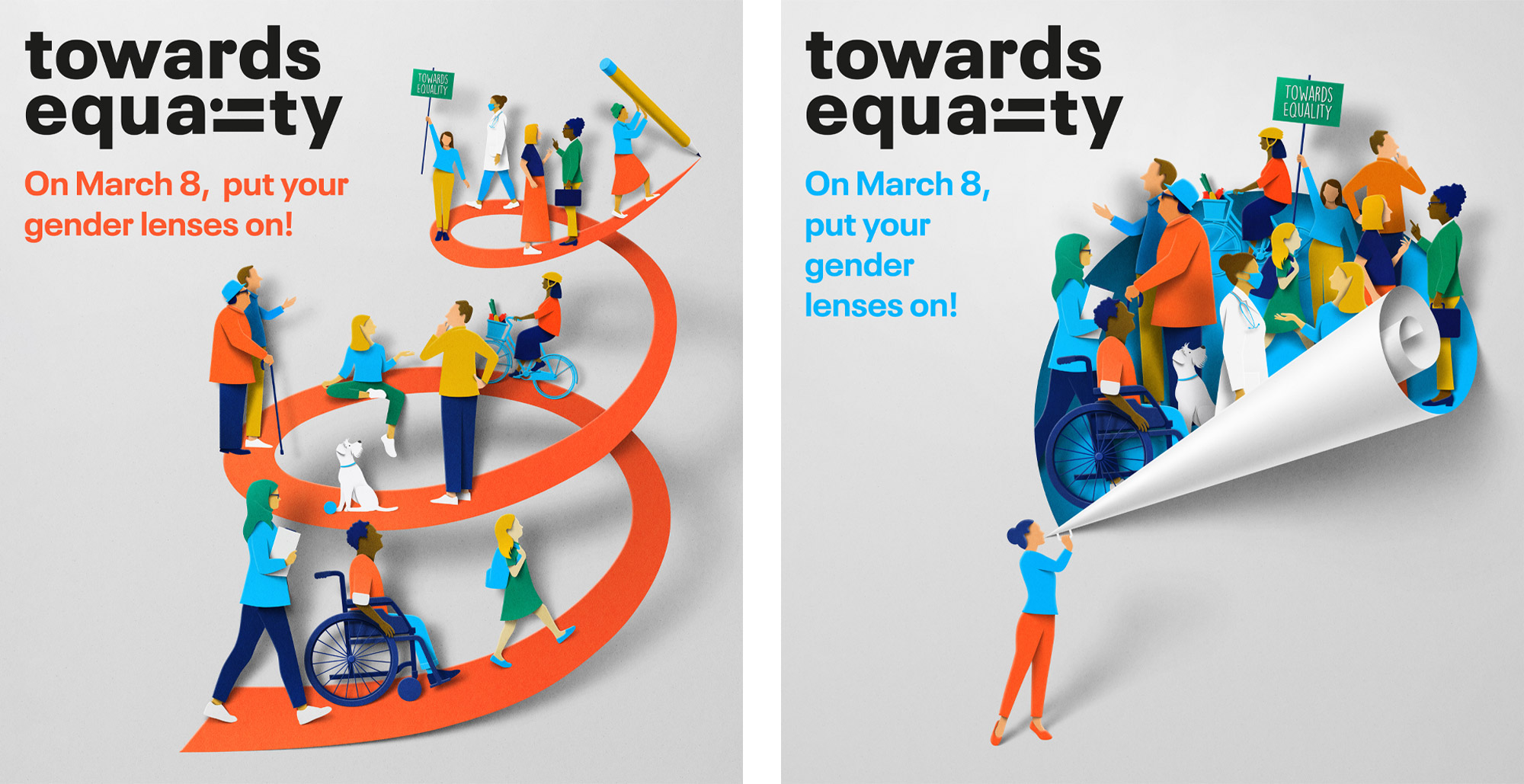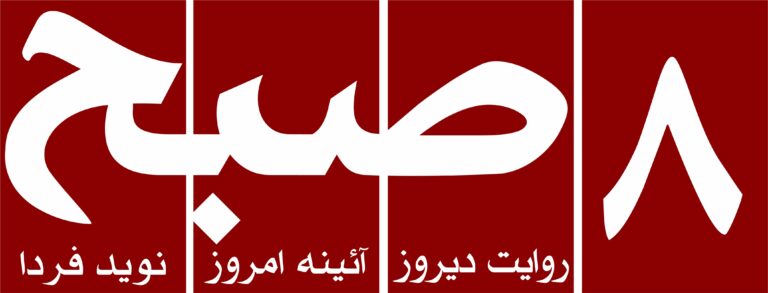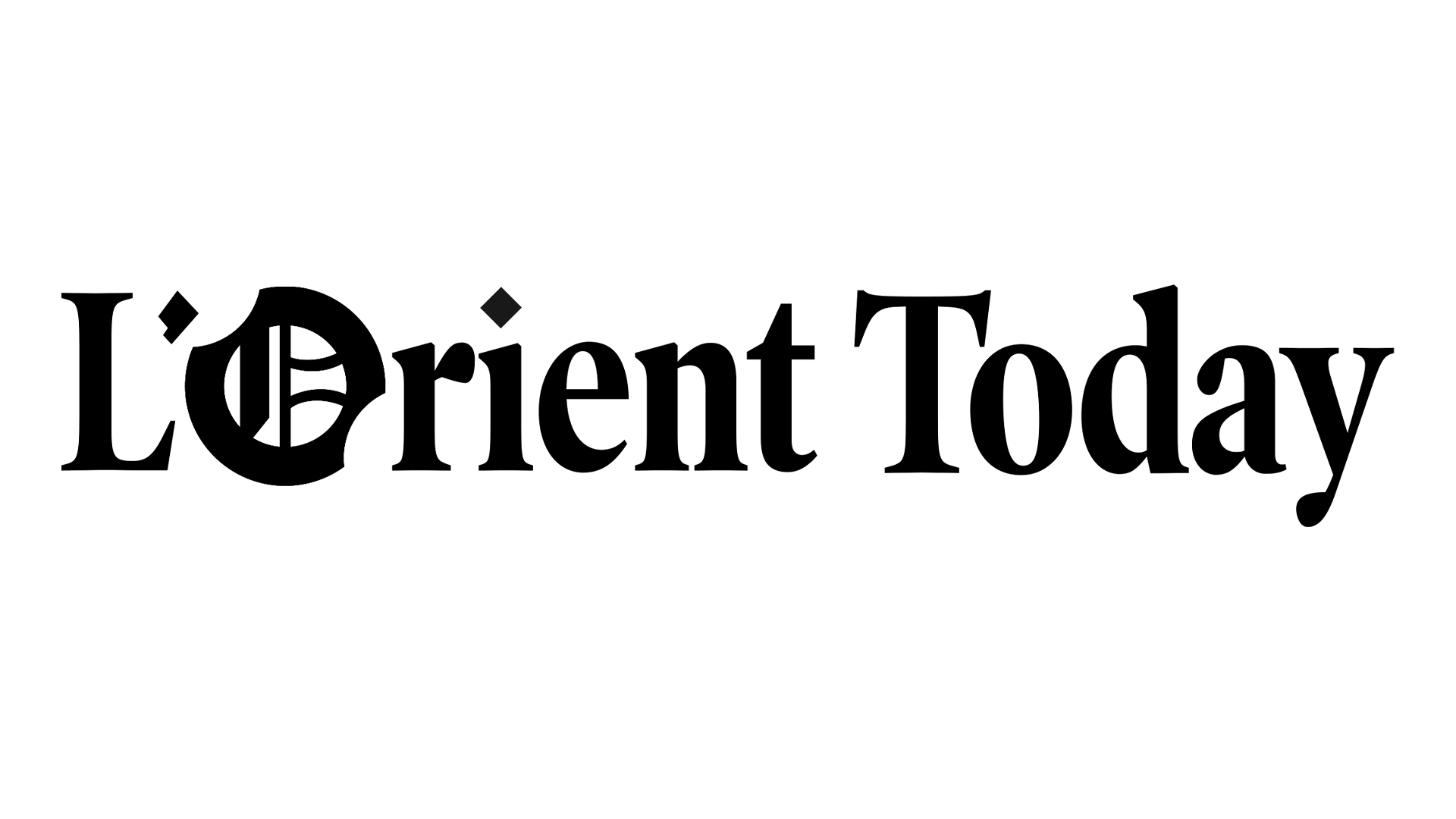
Nearly 90% of people hold at least one gender bias based on social norms. This percentage, from a global study by the United Nations Development Programme, has barely changed over the past decade.
Biases against women have a way of permeating every area of our lives – from seemingly unimportant things, such as how we dress or how we speak, to more major issues, such as who gets to rule a country or even who deserves access to fundamental human rights. They are so ingrained that it can be difficult to recognize them in ourselves and in others. And when we do, calling them out individually can quickly lead to arguments and conflict, which only deepen the gender divide. We see this happen every day online. So how do we bridge the gap?
The news media can play an important role. It is no surprise that gender-based biases also show up in journalism, impacting whose stories get told, and how. And although change can’t happen overnight, it is important to take into consideration how gender social norms influence news coverage, and to try to go against misconceptions and oversimplifications.
To mark this year’s International Women’s Day, we have partnered with 16 news outlets from across the globe to bring you an international look at what the world is like for girls and women in 2024.
Through this collaboration, we aim to address some of the obstacles still obstructing the path to gender equality, but also to shed light on the women, men, NGOs, citizen movements, and policies tackling the gender gap at different levels.
Connecting these stories from media outlets in Afghanistan, Argentina, Brazil, France, Germany, Japan, Kenya, Lebanon, Morocco, Nigeria, Spain, Switzerland, and the United States will hopefully help us see the bigger picture. Gender equality isn’t just a women’s issue, it’s a priority for us all, globally. If we want to create a better world, it cannot be a biased one.












